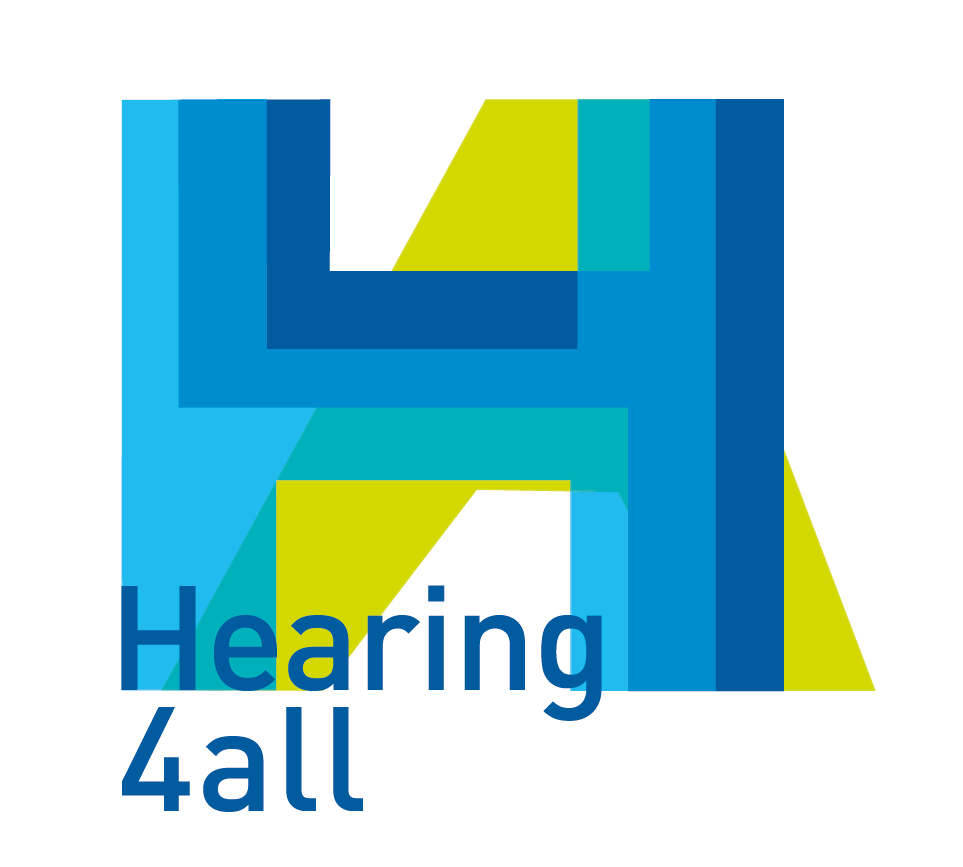The impact of noise on speech processing over extended periods of time: A developmental perspective
The majority of a school-aged child’s listening and learning happens in classrooms where signal-to-noise ratios have been estimated to range from around +5 to -7 dB (Crandell et al. 2000). Though typically-developing children rarely complain about not being able to hear or understand what is going on (Klatte et al. 2010), there is considerable evidence to suggest they have more difficulty than adults in perceiving and understanding speech in such conditions. Here, we use an ecologically relevant task to investigate how children’s processing efficiency varies as a function of time when listening in noise.
Four different groups of children (n = 20 x 4 groups) were required to detect mispronunciations and nonsense word targets when listening to a story presented in noise. The mispronunciations were either closely related to the immediately preceding context (i.e. predictable) or were not closely-related (i.e. unpredictable). Three different noise conditions were assessed: four-speaker babble (either +6 dB or +2dB) and speech-shaped modulated noise (SMN) +2 dB. Listening efficiency in these conditions was compared with performance on the same task presented without added noise.
We hypothesised an important role for language in supporting listening efficiency (perception (target detection errors) x processing rate (reaction time)). We therefore predicted more reliable and faster detection of predictable than unpredictable mispronunciations in all conditions. We further predicted that nonsense words would be detected more reliably and faster than either the predictable or unpredictable targets, since they would be less susceptible to noise-masking effects.
The greatest number of missed targets was observed in the +2 dB babble. Benefit for context was only observable in reaction times and only in the babble, not SMN, conditions. Predictable targets were detected more quickly than unpredictable or nonsense targets, though the benefit of context faded over time. By contrast, nonsense words were detected more quickly in the SMN and this effect was maintained throughout the task. Finally, most detection errors were observed for nonsense words regardless of noise masker, suggesting a tendency for children to accept these targets as real unknown words rather than as nonsense.
Overall, the findings suggest listening efficiency in children reflects a dynamic interrelationship between noise-related masking, processing load but also, factors associated with the developing language system. These findings will be discussed in the context of current research aimed at understanding of how noise impacts children’s ability to listen and learn in their everyday listening environments.
References
Crandell, C. C., Smaldino, J. J. (2000). Classroom acoustics for children with normal hearing and with hearing impairment. Language, Speech, and Hearing Services in Schools, 31, 362-370.
Klatte, M., Lachmann, T., Meis, M. (2010). Effects of noise and reverberation on speech perception and listening comprehension of children and adults in a classroom-like setting. Noise and Health, 12, 270-282.
Warning: Use of undefined constant s - assumed 's' (this will throw an Error in a future version of PHP) in /home/spinnluxnr/www/2017/pages/programme.php on line 208


